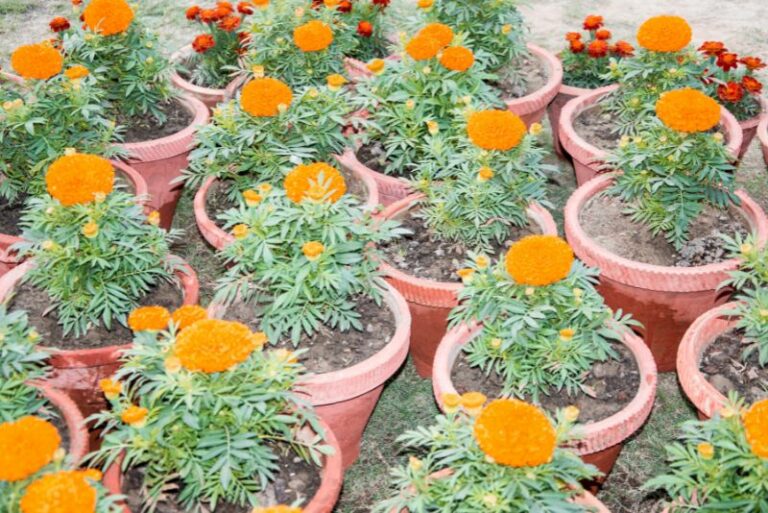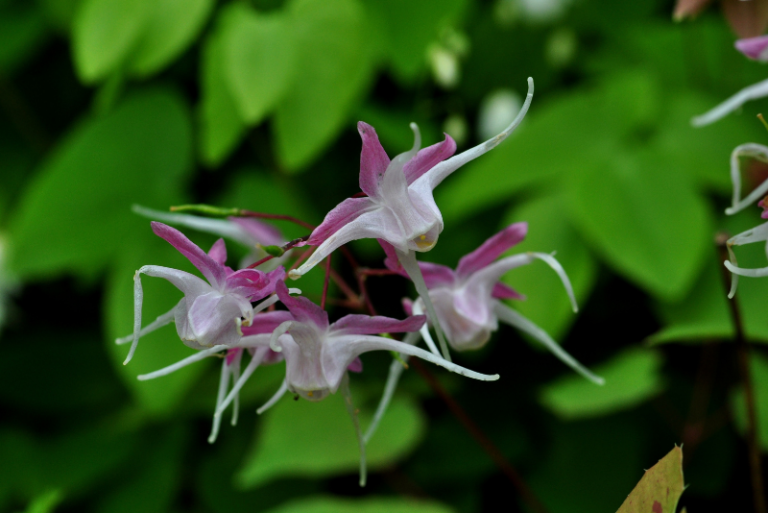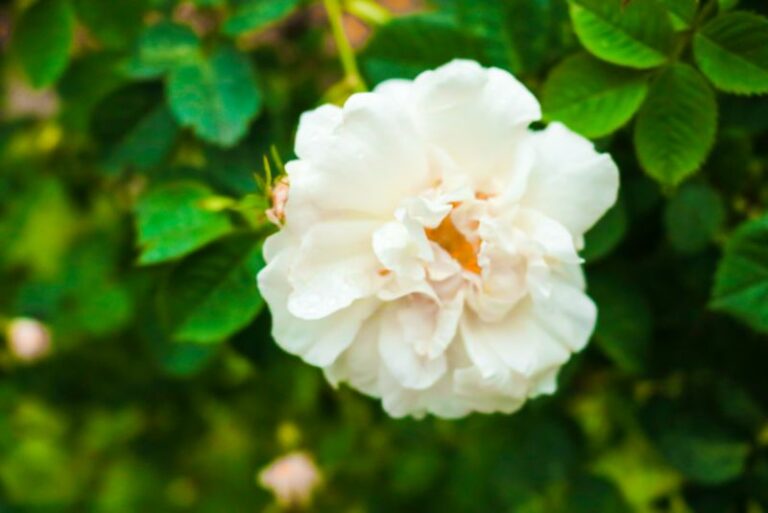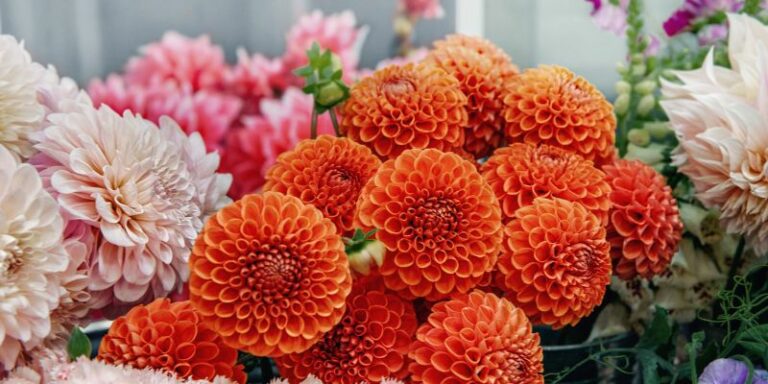How to Grow Fuchsia as an Indoor Houseplant
Indoor gardening is an art form, a delightful way to bring life, color, and freshness into our homes. One plant that perfectly embodies both elegance and vibrancy is the fuchsia. Traditionally thought of as a plant for outdoor hanging baskets and borders, fuchsia plants can also thrive indoors, offering bursts of color and a touch of whimsy to your interior decor. However, the transition from outdoors to inside brings with it a different set of care needs. Let’s dive into the specific details of cultivating these stunning plants within the comfort of your home.
Choosing the Right Fuchsia Variety

The success of growing fuchsias indoors starts with the right plant selection. Compact varieties are better suited for the confined growing spaces of our homes, as they are not only easier to manage but also tend to bloom more abundantly.
When picking a fuchsia variety for indoor growth, consider the following characteristics:
Compact Growth Habit
Choose varieties that are known to stay small and bushy. This not only makes them more manageable but also presents them in a more favorable way in compact indoor environments.
Flowering Potential
For most indoor gardeners, the dramatic and often multicolored, drooping blossoms are the main draw. Opt for fuchsia types that are particularly prolific bloomers.
Disease Resistance
Pests and diseases can spread more easily among indoor plants. Selecting fuchsias with natural resistance can help minimize these risks.
Popular Varieties
Some of the popular fuchsia varieties for indoor growth include:
- Fuchsia ‘Riccartonii’: With a classic fuchsia look, this variety is an excellent choice for its hardiness.
- Fuchsia ‘Thalia’: A cultivar with creamy pink, semi-double flowers, perfect for smaller spaces.
- Fuchsia ‘Autumnale’: Happy with less sunlight, this variety is great for shadier indoor spots.
Optimal Growing Conditions
Creating the right environment is essential for fuchsias to thrive indoors. Let’s break down the key components:
Light Requirements
Fuchsias love light. Place your fuchsia in a bright window, but be mindful that direct, intense sunlight can scorch their delicate leaves. If natural light is insufficient, supplement with a grow light that simulates the full spectrum of the sun.
Temperature and Humidity Needs
Arguably, one of the most challenging aspects of growing fuchsias indoors is replicating their native humid and temperate environment. Aim for a comfortable temperature range of 60-70°F (15-20°C), and provide humidity by misting the plant regularly or setting it on a pebble tray with water.
Soil and Watering Tips
Use a well-draining, acidic potting mix for fuchsias. Water consistently, allowing the top inch of soil to dry out between waterings to prevent root rot. Avoid overhead watering, as this can lead to fungal issues. Instead, water the soil or use a saucer method.
Care and Maintenance
To keep your fuchsia happy and healthy, a little regular maintenance goes a long way.
Pruning and Shaping
Pruning not only keeps your fuchsia looking neat but also promotes bushier, healthier growth by encouraging new sprouts. Do your major pruning in early spring and continue throughout the growing season, as needed. Pinch off spent flowers and leggy stems to maintain a compact shape.
Fertilization Schedule
Fertilize with a balanced, water-soluble fertilizer every two weeks during the growing season (spring and summer). Reduce feeding in the fall and withhold entirely during the winter months, when your fuchsia is resting.
Common Pests and Diseases
Keep a watchful eye for pests such as aphids, whiteflies, and spider mites. Early detection is key to successful eradication. Regularly inspect your plant for signs of ill health, and maintain a clean environment to deter infestations.
Creative Display Ideas
The distinctive, pendant blooms of fuchsias make them a standout addition to any indoor space. Here are some creative ways to showcase your fuchsia:
Styling Fuchsia Plants in Indoor Spaces
Hang a fuchsia in a well-lit window to emphasize the natural ‘curtain effect’ of the plant’s trailing growth. Alternatively, place a potted fuchsia on a plant stand to encourage upward growth and make a tiered display.
Companion Plants for Fuchsias
Compliment your fuchsia with plants that share similar light and care requirements. Consider Victorian favorites like maidenhair ferns, ivies, and coleus to create a harmonious indoor garden with varying textures and heights.
Conclusion
Growing fuchsia as an indoor houseplant offers a rewarding journey into the complexities of indoor gardening. By choosing the right variety, creating a suitable environment, and providing attentive care, you can enjoy the beauty and charm that fuchsia plants bring to any indoor setting. Remember to be patient and observant, adjusting your approach as needed to ensure that your fuchsia thrives.
In summary, if you’re looking for a colorful and unique addition to your indoor garden, look no further than the fuchsia. With the proper knowledge and a little TLC, your indoor fuchsia has the potential to bloom spectacularly and become a cherished part of your home. Keep these tips in mind, and you’ll be growing fuchsias indoors with confidence and success.






